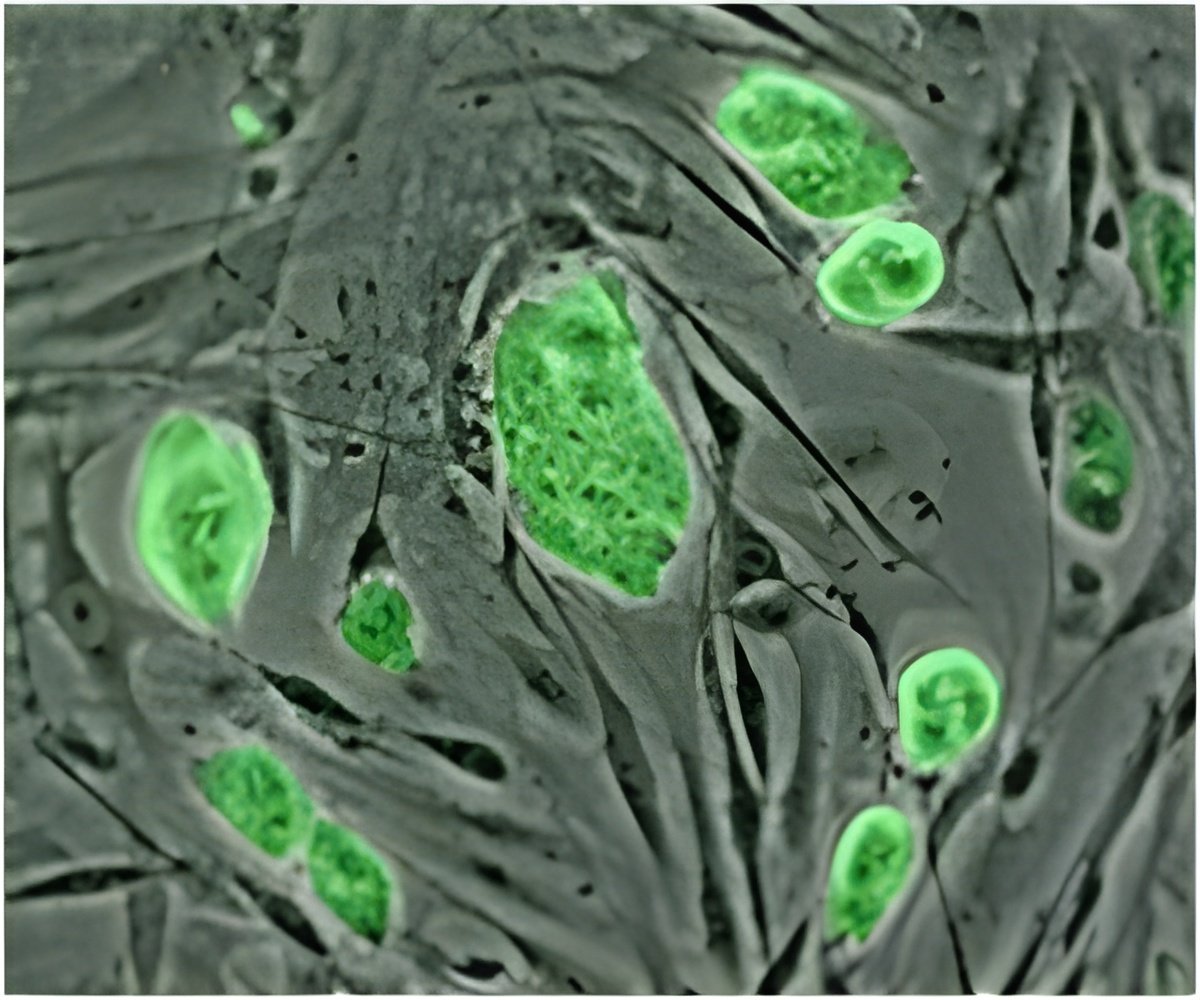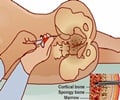Researchers revealed that they have been able to boost the muscle mass and reverse Duchenne muscular dystrophy in mice by using a ‘cocktail’ of three compounds.

#1: Zebrafish The drug screening technique begins with zebrafish. Zon and colleagues placed tiny zebrafish blastomeres—cells from very early stage embryos—into 384-well culture dishes, adding one test compound to each well. This allowed them to screen 2,400 compounds at once, seeking ones that boosted numbers of muscle progenitor cells in the see-through fish as they developed.
The Zon Lab's earlier work with zebrafish led to a drug derived from prostaglandin that expands numbers of blood stem cells and is now in a Phase II clinical trial. But this time, researchers genetically modified the fish so that newly created muscle progenitor cells would show up in fluorescent green, and muscle fibers in red. This enabled the team to rapidly quantify muscle cells and fibers produced under different conditions, based on visual readouts—without having to examine each well's contents through laborious biochemical techniques.
"Automated imagers can take a picture to assay all the 384 wells within a matter of a week, as compared with several months with our earlier technique," says Zon, who is also a member of Boston Children's Division of Hematology/Oncology as well as the Harvard Stem Cell Institute (HSCI).
#2: Mice The zebrafish tests revealed six compounds that expanded numbers of skeletal muscle progenitor cells. The Zon Lab collaborated with Amy Wagers, PhD, of HSCI and the Joslin Diabetes Center, and C. Ronald Kahn, MD, of Joslin to conduct experiments in a mouse model of Duchenne muscular dystrophy. "One of our chemicals, forskolin, also increased engraftment of progenitors into the muscles of the mice," Zon says. "We found you could get more muscle mass just by making more progenitors."
(Forskolin, though not approved by the FDA, has been used since ancient times to treat a variety of disorders and is sold as a dietary supplement.)
Advertisement
The researchers found that a combination of three small molecules (forskolin, basic fibroblast growth factor and a glycogen synthase kinase-3 GSK-3beta inhibitor) was able to reprogram iPS cells into muscle cells that successfully engrafted in mice.
Advertisement
Broader applications Zon believes that the combination of rapid zebrafish screening with patient-specific iPS cells will greatly speed up therapeutic development, allowing scientists to quickly vet large numbers of compounds and possible culture conditions. They can then enter a much shorter list of compounds into lengthier testing in human iPS cells that recapitulate the disease in question, as well as live mouse models.
"It's been very hard to figure out the conditions for making different tissues with iPS cells," Zon says. "We've created a very fast system to find what chemicals you need. Because it's so fast, we don't need a hypothesis to do an experiment—you can just do the screen, find the result and see what warrants pursuing."
The zebrafish system can also quickly spot inhibitors of tissue growth; in fact, it grew out of the lab's desire to find chemicals that blocked muscle development to treat rhabdomyosarcoma, a tumor that grows in skeletal muscle. The Zon Lab is also using it to find chemicals that can block expansion of melanocytes, potentially halting melanoma.
Using these technologies, the Zon Lab has developed and filed a patent on a platform for large-scale chemical screening in zebrafish. The lab has also benefited from funding from the Massachusetts Life Sciences Center.
Source-Eurekalert








